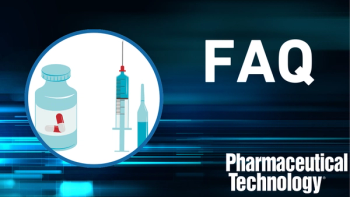
New drug delivery systems prioritize convenience and customization, using advanced technologies like nano-engineering and non-invasive routes to improve patient outcomes.
Patrick Lavery is an Editor for the MJH Life Sciences brands Pharmaceutical Technology and BioPharm International, and their respective websites, pharmtech.com and biopharminternational.com. Previously at MJH, he filled the same role for LCGC International and Spectroscopy.

New drug delivery systems prioritize convenience and customization, using advanced technologies like nano-engineering and non-invasive routes to improve patient outcomes.
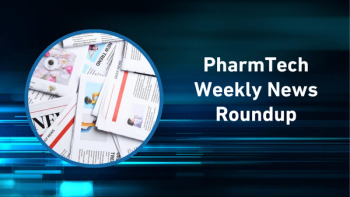
Digital transformation, AI, 3D printing, and proactive maintenance are reshaping pharma, speeding discovery and demanding new manufacturing standards.

Though not an actual creature, the aptly named longevity fund has announced a strategic investment in Etheros’ development of a new class of drugs.
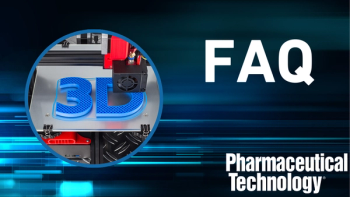
3D printing enables personalized precise drug delivery, enhances compounding efficiency, and is driving new regulatory models like distributed pharmaceutical manufacturing.

AI transforms formulation, bioanalysis, and manufacturing; accelerated FDA reviews demand parallel development readiness; new nasal spray enhances patient drug access.
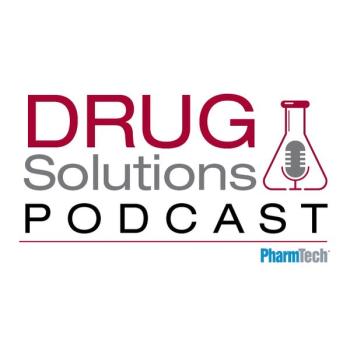
In this podcast episode, we discuss the journey of novel modalities in rare disease treatment to patients, particularly advancements in oncology and the increasing role of patients' families in accelerating R&D.
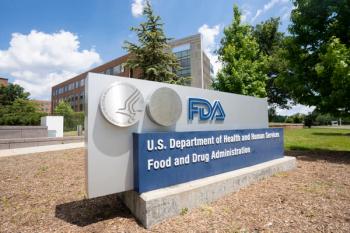
While the deadline to make oral presentations has passed, public comment can be submitted up to a month after the workshop is held on Dec. 16.
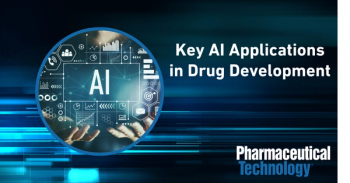
Machine learning tools are now moving from concept to validated applications, driving transformative shifts in bioanalysis, preclinical testing, and formulation optimization across the industry.

AI, in-silico modeling, and rational design streamline drug formulation; rapid regulatory pathways demand pre-submission perfection in quality and parallel execution.

The conclusion of this interview with Sanjay Konagurthu focuses on simulations and calculations that go beyond simple screening.

Sanjay Konagurthu of Thermo Fisher Scientific discusses how AI and ML can help solve the dilemma of poor solubility.

To meet rising demand, developers of precision radiopharmaceutical therapies must overcome challenges in global isotope supply and align R&D platforms with evolving FDA guidance on clinical dosimetry.

Quality, stability, sustainability, and the increased and thoughtful integration of artificial intelligence are foremost in the minds of those on the leading edge of testing trends.

Corey Bloom of Lonza outlines major points from his AAPS presentation, from drug delivery technology selection to the importance of CDMO partnerships.

Accelerated drug development insights using AI/digital twins, advanced bioanalysis, targeted delivery, and optimized formulation stability models.
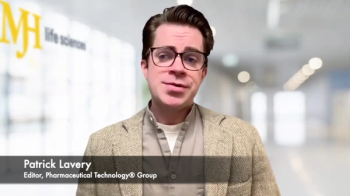
To prevent catastrophic loss of expertise and investment, government and academic leaders say coordinated policy and significant investment in workforce talent are urgently needed in the UK.

A worldwide, exclusive license is being granted to develop and commercialize enzyme replacement therapies using proprietary platform technology.

Thermo Fisher’s Jennifer Cannon reviews the first year of the company’s Accelerator Drug Development suite of services and the overall experience of attending the CPHI conference.

Frank Romanski of Lonza Capsugel dives into the excipient side of manufacturing and the emerging prevalence of digitalization.

Exclusive interviews revealed that digital transformation, data integrity protocols, and a regionalized supply chain are crucial strategies for optimizing drug development and manufacturing efficiency.

The planned Kenvue acquisition, expected to close in the second half of 2026, has notable implications for pharmaceutical R&D and manufacturing professionals.
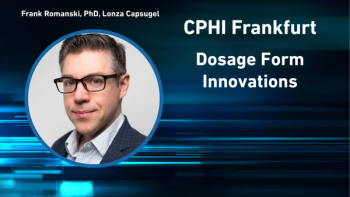
Patient compliance is driving the emergence of new modalities, as Frank Romanski of Lonza Capsugel explains in the first installment of a two-part discussion.

Sriman Banerjee of Takeda Pharmaceuticals says patient adherence is improving thanks to technologies that offer a more personalized approach.

AI-driven pharma trends: R&D acceleration via data integration, supply chain localization, excipient innovation, and rapid workforce upskilling.

SGD Pharma’s Najet Mebarki provides an overview of more than a half dozen services, products, and treatments, including ready-to-use solutions.
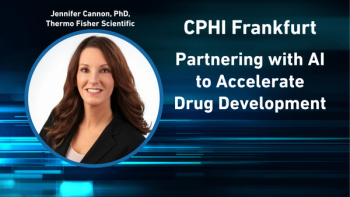
As Thermo Fisher’s Jennifer Cannon explains in this first part of a two-part interview, the collaboration is intended to help improve the speed and success of drug development.

Patient adherence is improving thanks to technologies that offer a more personalized experience, deepening the connection between consumers and healthcare brands.

US domestic manufacturing investment, R&D model shifts, new excipients, and digital traceability are redefining drug development and supply chains.
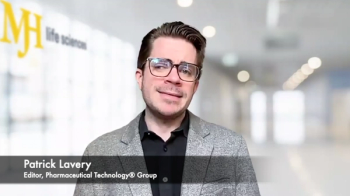
The new partnership will work to embed digital identification into labware, solving chain-of-identity challenges for individualized cell and gene therapies.
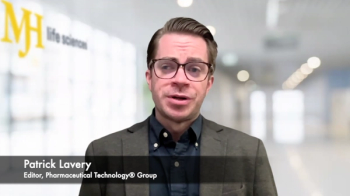
Major pharmaceutical investments in the United States are expanding API, capsule, and packaging capacity, enhancing supply chain resilience and supporting domestic drug production.

Published: July 26th 2024 | Updated:

Published: October 31st 2024 | Updated:

Published: January 28th 2025 | Updated:

Published: September 17th 2024 | Updated:

Published: July 25th 2024 | Updated:

Published: August 9th 2024 | Updated: